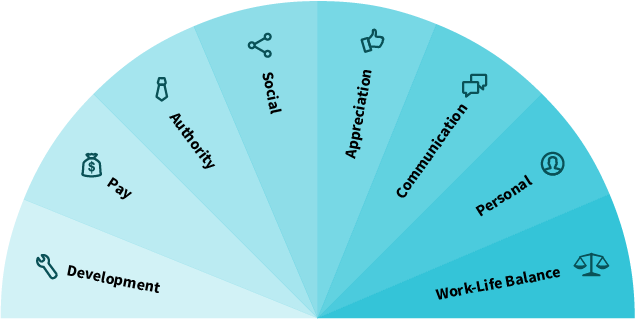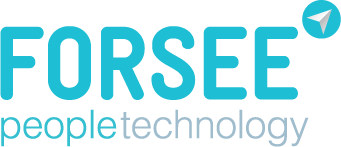Employee Engagement is the extent to which employees are passionate about their work and aligned with the goals of the organisation. Engaged employees are like gold. They are the individuals who are driving the majority of the results and performance in your business. Unfortunately they are relatively uncommon. In fact Gallup research states that only 24% of Australian employees are engaged in their work. Think of this along the lines of the old 80/20 rule. 80% of the results are being driven by 20% of the people. The vast majority of workers, 60% in Australia, are disengaged. They simply turn up and do what they must to ensure they don’t get fired and keep getting paid. This is why engaged workforces are relatively rare.
are Engaged
Produce the most output
are Not Engaged
Minimum effort required
are Actively Disengaged
Actually working against company goals
However the most concerning statistic is that 16% of the workforce are Actively Disengaged, defined as “actively working against the goals of the company”. These toxic individuals can have an outsized negative effect on the workplace and can spread disengagement like a virus amongst the rest of your teams.
Actively Disengaged / Toxic Employees
- Reduce your profits
- Provide terrible customer service
- Have low productivity
- Negatively affect the productivity of your team
- Speak poorly about your business
- Take more sick days
- Result in good employees leaving
- Make life difficult for those around them
“Companies with highly engaged workforces outperform their peers by 147%” – Gallup
The biggest thing to keep in mind is that employee engagement is not a one size fits all process. We are dealing with people. With individuals. All of whom have their own unique perspective, values and drivers. It is not about money, company retreats or drinks after work. Not that there is necessarily anything wrong with those activities. It’s just important to understand that some of your team members will really enjoy them and others will loath them. You need to find out what elements are most important to them as an individual and ensure that the requirements of their role, their career progression and the goals of the company are in alignment. In a nutshell, you want people on the same mission as you.
The best way to assess what drives individuals is to ask using a workplace behavioural assessment. Harrison Assessments suitability SmartQ collects detailed information on what is most important to your employees to answer the question “will they enjoy this role?” Enjoyment performance theory states that you are three times more likely to be successful when you enjoy at least 75% of the main tasks in your position.
Make sure your managers are engaged and in the right role themselves. A bad manager will lower engagement levels very quickly. Train them on how to engage their team and provide them with detailed, actionable information about each their team members. Make sure they enjoy the type of tasks common to their role and be sure to ask them what they’re looking for in a career. If a team member is not a fit for their role, see if you can redeploy them In another that better fits their needs. It really is better for both the employee and the company
Low engagement can be addressed by using predictive hiring and employee assessment to systematically build teams whose motivators and drivers align with the requirements of the role and the organisation. It’s pretty straightforward. To have an engaged employee you need to understand what engages them.
8 Drivers of Engagement
Engagement is not a one size fits all process. Provide your
managers with the tools to unlock each individual’s drivers.


